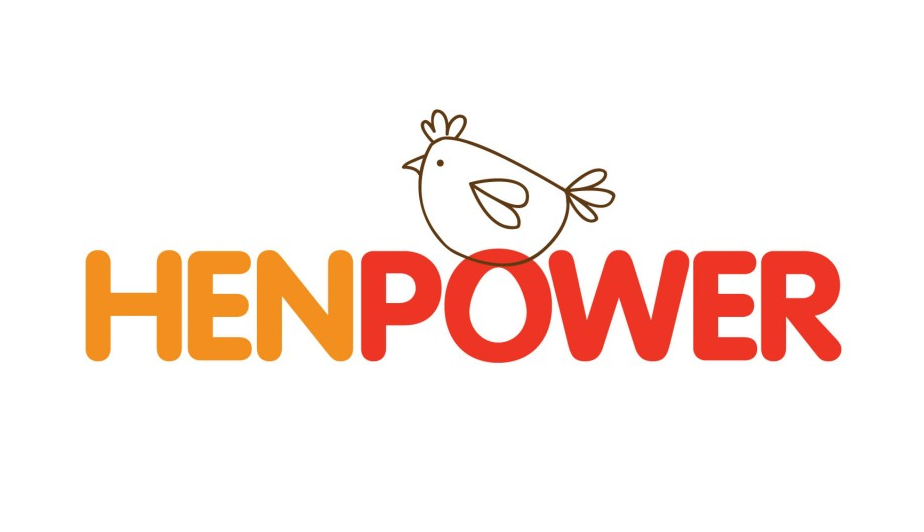You are expecting the first eggs to be laid any day and you dust off your incubator from last spring but before you are ready to set the new season’s eggs follow the steps below to avoid some common problems.
Find the instructions for your machine or download them free from our Resource Centre and read them carefully. Even experienced breeders should familiarise themselves with the instructions to check some of the less obvious issues – for example, ensuring the incubator sits level, as a tilt may affect temperature control in some models.

Before plugging in…
Clean your incubator thoroughly. As incubators are warm and wet they are ideal breeding grounds for bacteria and if they have been left with debris from the last hatch of last year they will harbour germs which are highly likely to damage your next hatch. After removing any old shells, fluff and dirt, it is best to soak non-electrical parts like egg trays in a disinfectant solution for an hour before scrubbing clean – make sure you rinse thoroughly before drying. Do not use the dishwasher! Clean around heaters and fans with a brush or slightly damp cloth using the same disinfectant solution, and again, wipe with a clean damp cloth. Be very careful not to let water get near any electrical parts including motors, heaters and control housings. Use Brinsea Incubation Disinfectant which is both powerful and safe and has been specially formulated to kill bacteria and fungi associated with birds and is available on our website. Leave the incubator parts to dry thoroughly. If they are properly clean they should no longer have a strong odour.Check your incubator carefully…
Replace the wicking tube, silicone tubing or evaporating paper/blocks (depending on model). If dirty these can harbour bacteria and may not evaporate water properly.
Check for rodent damage:
Incubators stored in garages, sheds and barns can attract vermin – it is not a good idea to store your incubator in a shed as cold and/or damp conditions are not good for incubator storage. In particular check that cables and covers of electrical parts haven’t been nibbled. If there is any damage your incubator may not be safe to use, please contact us at Brinsea for further advice.
Check for other damage:
Inspect the glass thermometer (if fitted) for damage and air bubbles in the liquid which will result in inaccurate temperature readings. If your incubator thermometer ended up in a thousand pieces on the floor don’t be tempted to replace it with a general purpose one, Brinsea Incubation Thermometers are specially designed with a very narrow but accurate temperature range and replacements are available from www.brinsea.co.uk.
If other parts have been ravaged by time or accidents or smaller parts like egg dividers have been lost then you can contact Brinsea where many parts for older models are stocked. Visit our website for details of available accessories, consumables and spare parts.
Plug in!
Monitor the temperature. Ensure correct set temperature (see instructions) is reached for at least an hour before setting eggs – ideally leave overnight. Check that the temperature control indicator is working correctly, this is either a red light or * on the digital display next to the temperature which should flash on and off indicating that the controlled temperature has been reached.
Check the turning by observation. This can be very tedious for incubators with slow continuous turning so place an egg inside with a coin on top. After one hour at most the coin should have fallen off. If the turning isn’t working refer to the user instructions.
Next check the fan is spinning by observation – please do not use your fingers! If you have an Ovation incubator check the number of fan blades – if you have a 9 blade fan please contact us as part of our continual development programme we have recently upgraded our fans and we will send you a free replacement.
Check the humidity reading (where applicable). If using a wet bulb thermometer check that the wick is clean and the reservoir topped up with water. With digital systems check that the reading is sensible (in a cold incubator this will be between 30 and 90%). If your incubator is fitted with a humidity control pump change the short length of silicone tubing around the pump head as this part wears out and can become stuck together internally.
Run your incubator for a few days if possible and re-check the above before setting your eggs.
Spares and accessories for Brinsea incubators are available by clicking here or by contacting the office on 0345 226 0120.
Share this article
29.02.2024







